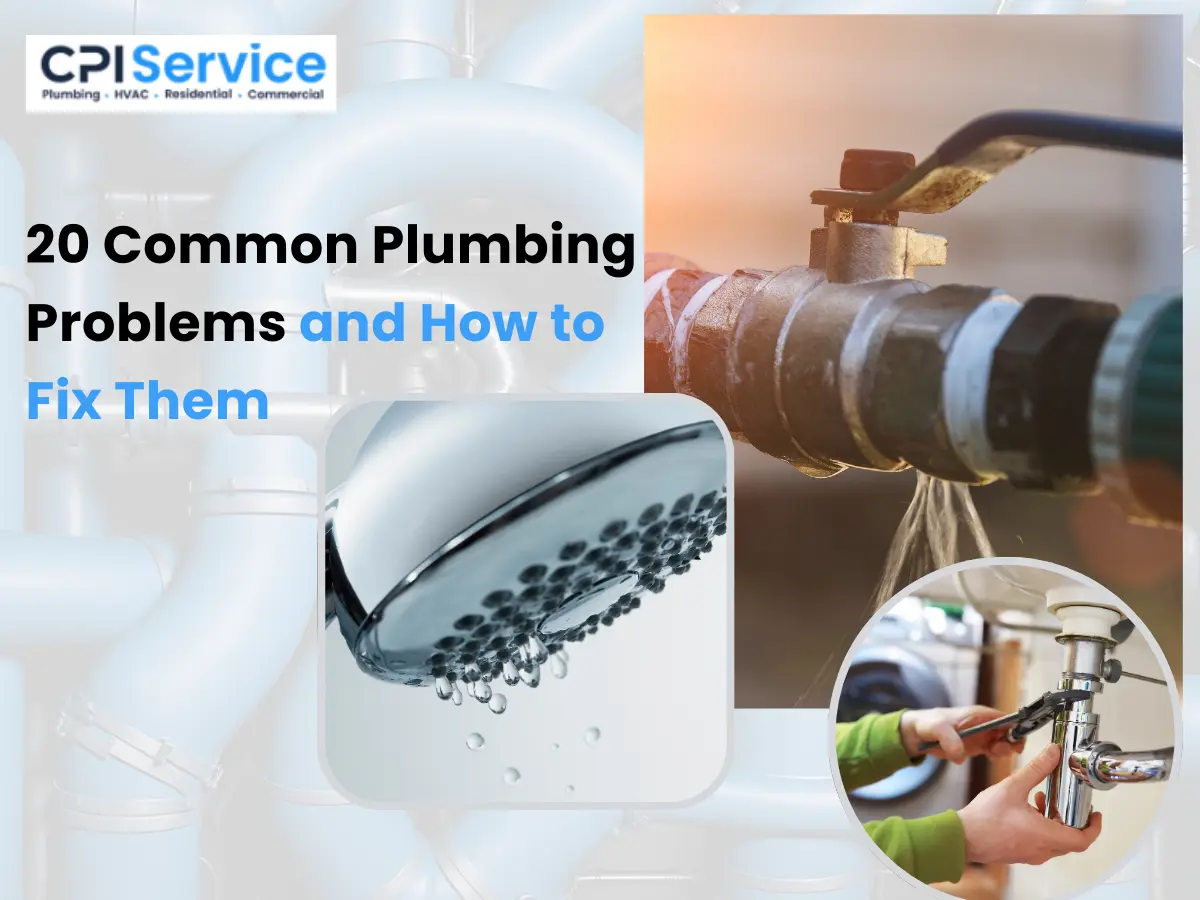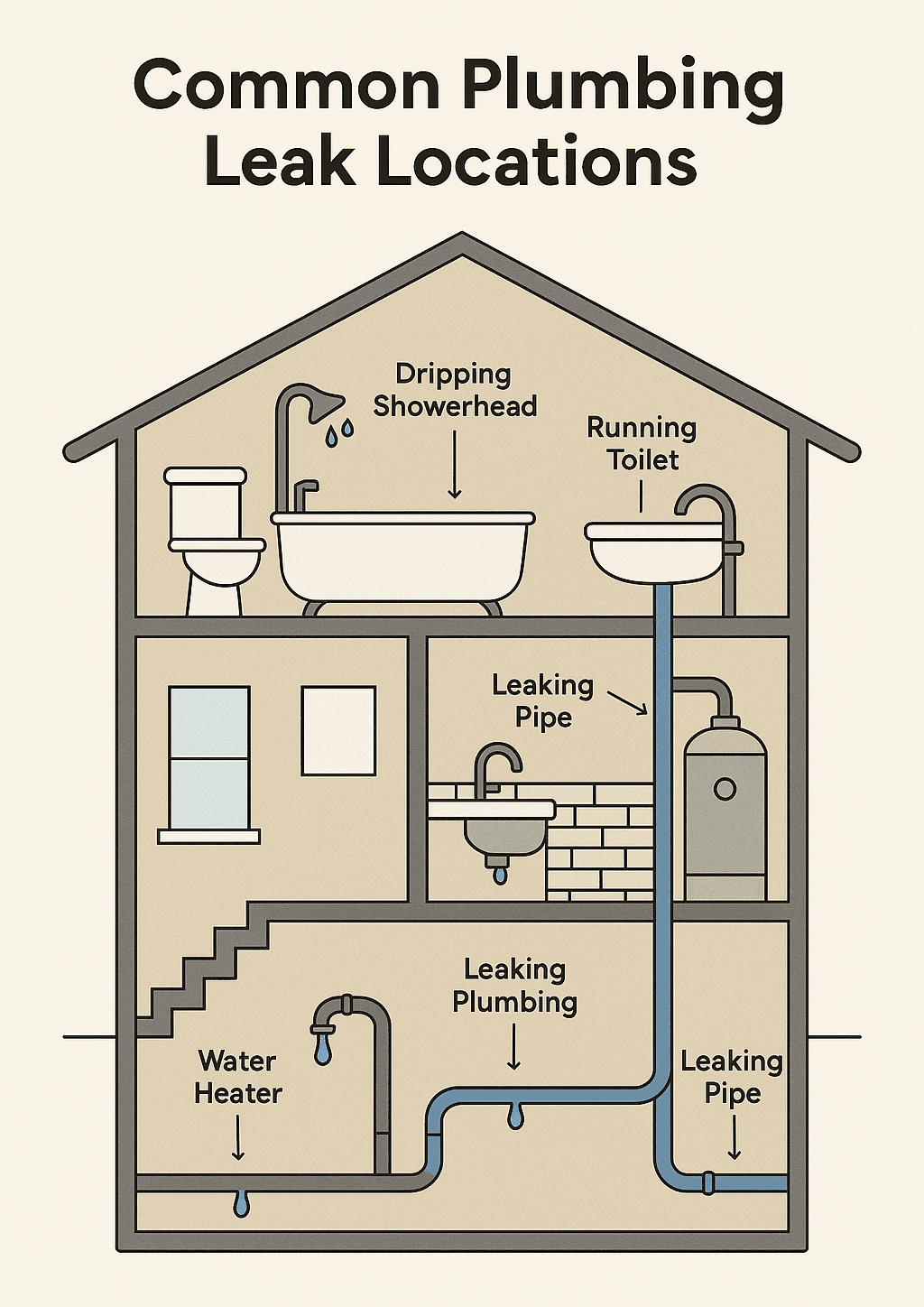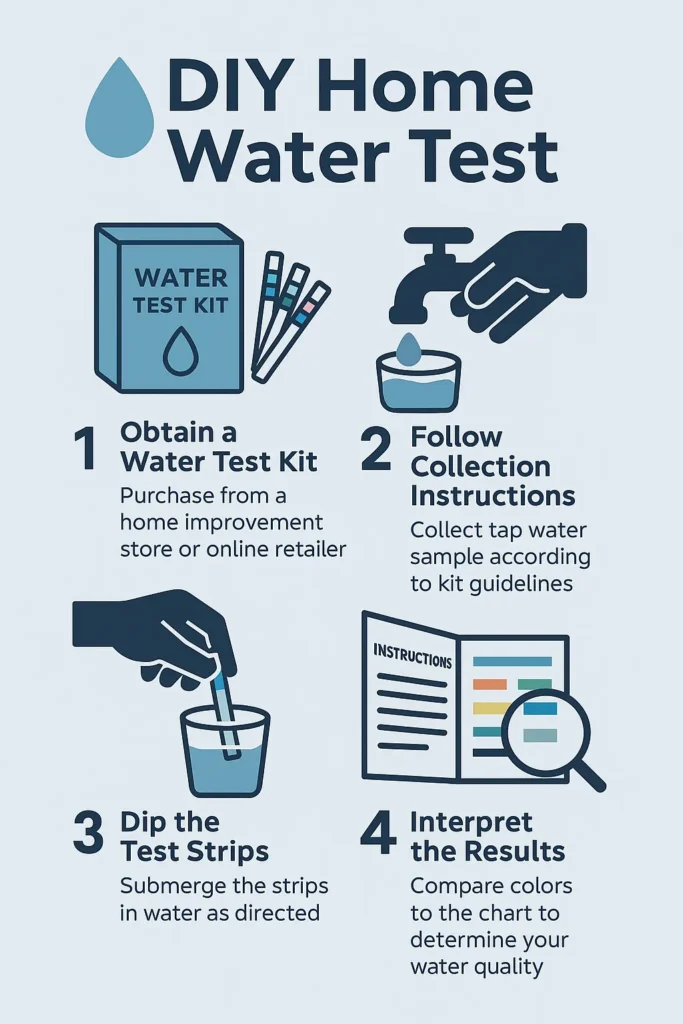In the world of home maintenance, plumbing issues can seem daunting when they arise unexpectedly. The good news is that anything is possible when armed with the right knowledge and tools. Whether you’re a DIY enthusiast or someone who prefers to call a handyman when things go wrong, understanding the basics of plumbing can save you time, money, and stress. This guide aims to equip you with practical solutions for common plumbing problems that homeowners frequently encounter.
From dripping faucets to clogged drains, many plumbing issues can be resolved without expensive professional help. With a methodical approach and some basic supplies, even those who don’t consider themselves particularly handy can tackle these problems effectively. The key is knowing what you’re dealing with and having the confidence to address it properly. Let’s explore how you can become more self-sufficient in handling these household challenges before deciding if a professional handyman is needed.

- Illustration of common plumbing problems including leaks and fixes. Source: cpiservice.com
Identifying and Fixing Common Leaks
Leaking faucets are among the most common plumbing issues homeowners face. That constant drip isn’t just annoying—it wastes water and increases your utility bills. Most faucet leaks result from worn-out washers or O-rings that no longer create a proper seal. To fix this, turn off the water supply valve under the sink, disassemble the faucet handle, and replace the damaged parts. Remember that anything from mineral buildup to corrosion can cause these components to fail, so inspect carefully once you’ve opened the fixture.
Running toilets and burst pipes present more serious challenges but are still manageable with the right approach. For a running toilet, the issue typically lies with the flapper valve or fill mechanism inside the tank. Replacing these inexpensive parts can save gallons of water daily. For burst pipes, immediate action is crucial. Know where your main water shutoff valve is located—usually near where the water line enters your home or near the water meter. Shutting this off is your first step in any pipe emergency. A handy temporary solution for small pipe leaks includes using pipe repair clamps or epoxy putty until a possible permanent fix can be arranged.

- Jammed garbage disposal, a frequent cause of drain blockages in homes. Source: cpiservice.com
Tackling Drain Clogs and Blockages
Drain clogs rank high on the list of frustrating plumbing problems, but most can be resolved with tools you already have at home. For sink and tub clogs, start with the simplest solution: a plunger. Make sure you have enough water in the basin to cover the plunger’s cup, and create a tight seal before pumping vigorously. This pressure often dislodges the blockage, allowing water to flow freely again. For kitchen sinks, remove any food particles from the drain catch before attempting to clear the clog. A mixture of baking soda followed by vinegar can also break down organic matter causing minor blockages.
When plungers don’t work, a drain snake (or auger) offers a more aggressive approach to clearing stubborn clogs. Feed the snake into the drain until you meet resistance, then rotate the handle to break up or retrieve the blocking material. For toilet clogs, a specialized closet auger works best as it’s designed to navigate the toilet’s trap without damaging the porcelain. If multiple drains in your home are backing up simultaneously, the problem might lie in your main sewer line, which is when calling a professional handyman becomes necessary. Remember that chemical drain cleaners should be a last resort as they can damage pipes and are harmful to the environment.

- Home water testing kit being used to check water pressure and quality. Source: cpiservice.com
Addressing Water Pressure and Quality Issues
Low water pressure can turn simple tasks like showering or washing dishes into time-consuming ordeals. To troubleshoot this common problem, first check if the issue affects all fixtures or just one. If it’s isolated to a single faucet, the aerator is likely clogged with mineral deposits. Unscrew the aerator, clean it with vinegar, and rinse thoroughly before reattaching. For showerheads, soaking in vinegar overnight can dissolve stubborn buildup. When low pressure affects your entire home, inspect the main water valve to ensure it’s fully open, as anything less than a complete turn restricts flow significantly.
Water discoloration or unpleasant odors often signal more serious concerns within your plumbing system. Rusty or brown water typically indicates pipe corrosion, while a rotten egg smell might suggest bacteria in your water heater or drain lines. For temporary discoloration after municipal work, run cold water for several minutes to clear the lines. Persistent issues, however, require investigation. If your water appears dirty consistently, a water filtration system might be necessary. Testing kits can identify contaminants, helping you determine if anything from simple filters to whole-house purification systems would provide a suitable solution. In cases of severe contamination or persistent odors, a professional handyman or plumber should inspect your system.

- Professional handyman offering services for regular plumbing maintenance and inspections. Source: anythingpossiblehandyman.com
Preventive Maintenance and Regular Inspections
The most effective way to avoid costly plumbing emergencies is through regular preventive maintenance. Establish a routine of checking exposed pipes, fixtures, and appliances for signs of wear or leakage. Look under sinks, behind toilets, and around your water heater for moisture, corrosion, or mineral deposits. Test your water pressure periodically using an inexpensive gauge to catch fluctuations early. These simple inspections can reveal developing issues before they escalate into major problems, saving you considerable time and money.
During winter months, protecting your pipes from freezing is essential, particularly in unheated areas like basements, attics, and exterior walls. Insulate exposed pipes with foam sleeves, and consider using heat tape for especially vulnerable sections. When temperatures drop severely, allowing faucets to drip slightly keeps water moving through the system, reducing freeze risk. Additionally, scheduling annual maintenance for your water heater extends its lifespan and ensures efficient operation. Flushing the tank removes sediment buildup that forces the unit to work harder and consume more energy. By combining these preventive measures with prompt attention to minor issues, you’ll maintain a reliable plumbing system that rarely requires emergency handyman services.
